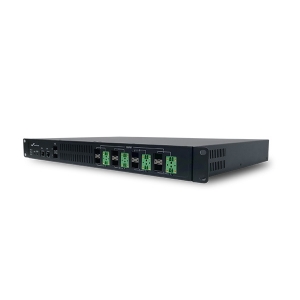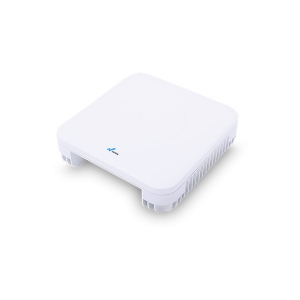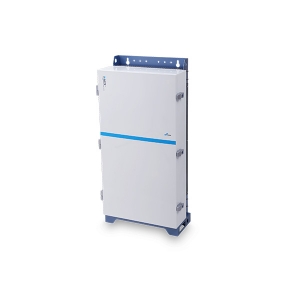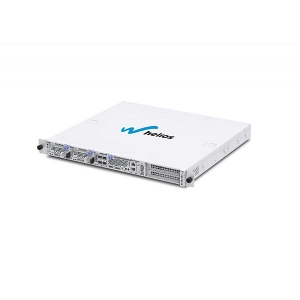Cellular networks have evolved and transformed in the last two decades to accommodate various technological innovations whether it be for 2G to 3G to 4G. The global telecom networks are now gradually heading towards 5G. For this, the networks will have to evolve accordingly. From closed traditional networks they will now transcend towards open radio networks, better known as open radio access networks (O-RAN). The concept of O-RAN (Open RAN) is used for more open radio access network architecture than provided today by telcos.
O-RAN (Open RAN) is a term used for industry-wide standards for RAN (Radio Access Network) interfaces that support interoperation between vendors’ equipment and offer network flexibility at a lower cost. The main purpose of open RAN is to have an interoperability standard for RAN elements including non-proprietary white box hardware and software from different vendors. Network operators that opt for RAN elements with standard interfaces can avoid being stuck with one vendor’s proprietary hardware and software.
The Open RAN standards aim to change the siloed nature of the RAN market, where a bunch of RAN vendors only offer equipment and software that is totally proprietary. This reduces flexibility and interoperability
The open RAN standards are being developed using virtual RAN (vRAN) principles and technologies. The reason is simple; vRAN comes equipped with features such as network malleability, improved security, and reduced CAPEX and OPEX costs.
An Open RAN is disaggregated into three main building blocks:
Radio Unit (RU)
Distributed Unit (DU)
Centralized Unit (CU)
The RU is where the radio frequency signals are transmitted, received, amplified, and digitized. The RU is located near or integrated into, the antenna. The DU and CU are the computation parts of the base station, sending the digitalized radio signal into the network. The DU is physically located at or near the RU whereas the CU can be located nearer the Core.
- Display 15 Products per page




